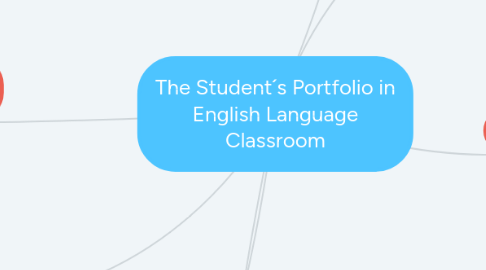The Student´s Portfolio in English Language Classroom
by Landy Bravo


1. Provides the students with the opportunity to demostrate knowledge of a topic being studied.
1.1. A purposeful collection of student work; exhibits efforts, progress and achievements. (Paulson et. al., 1991).
1.2. A collection of samples ... To show others what you have accomplished, learned or produced. (Kimeldorf, 1994).
2. Usefull for practical learning classes and for language assessment classes.
3. Characteristics of Effective Portfolios
3.1. Continuous and ongoing opportunities for monitoring the progress toward achieeving objectives.
3.2. Multidimensional. Reflects various aspects of the learning process.
3.3. Provides for collaborative reflection and congnitive introspection about learning.
3.4. Clearly reflects the obtained results and what it was expected to learn.
3.5. Focus upon students´ performance-based learning experiences as well as their acquisition of key knowledge, skills and attitudes.
4. How to Develop a Portfolio
4.1. Organization and Planning
4.1.1. Entails decision-making on the part of students and teachers. Explains the purpose of the portfolio.
4.2. Collection
4.2.1. Meaningful artifacts and products reflecting educational experiences and goals. Based on a variety of factors that can include particular subject matter, a learning process or special projects, themes and/or units.
4.3. Reflection
4.3.1. Evidence of students´ cognitive reflections upon the learning process, for example, learning logs, reflective journals. Teacher and/or parent reflections may also be added.
